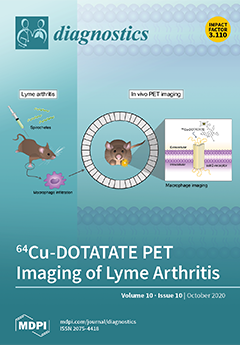Objectives: The role of serum C-reactive protein (CRPs) and pleural fluid CRP (CRPpf) in discriminating uncomplicated parapneumonic effusion (UCPPE) from complicated parapneumonic effusion (CPPE) is yet to be validated since most of the previous studies were on small cohorts and with variable results. The role of CRPs and CRPpf gradient (CRPg) and of their ratio (CRPr) in this discrimination has not been previously reported. The study aims to assess the diagnostic efficacy of CRPs, CRPpf, CRPr, and CRPg in discriminating UCPPE from CPPE in a relatively large cohort. Methods: The study population included 146 patients with PPE, 86 with UCPPE and 60 with CPPE. Levels of CRPs and CRPpf were measured, and the CRPg and CRPr were calculated. The values are presented as mean ± SD. Results: Mean levels of CRPs, CRPpf, CRPg, and CRPr of the UCPPE group were 145.3 ± 67.6 mg/L, 58.5 ± 38.5 mg/L, 86.8 ± 37.3 mg/L, and 0.39 ± 0.11, respectively, and for the CPPE group were 302.2 ± 75.6 mg/L, 112 ± 65 mg/L, 188.3 ± 62.3 mg/L, and 0.36 ± 0.19, respectively. Levels of CRPs, CRPpf, and CRPg were significantly higher in the CPPE than in the UCPPE group (
p < 0.0001). No significant difference was found between the two groups for levels of CRPr (
p = 0.26). The best cut-off value calculated by the receiver operating characteristic (ROC) analysis for discriminating UCPPE from CPPE was for CRPs, 211.5 mg/L with area under the curve (AUC) = 94% and
p < 0.0001, for CRPpf, 90.5 mg/L with AUC = 76.3% and
p < 0.0001, and for CRPg, 142 mg/L with AUC = 91% and
p < 0.0001. Conclusions: CRPs, CRPpf, and CRPg are strong markers for discrimination between UCPPE and CPPE, while CRPr has no role in this discrimination.
Full article






